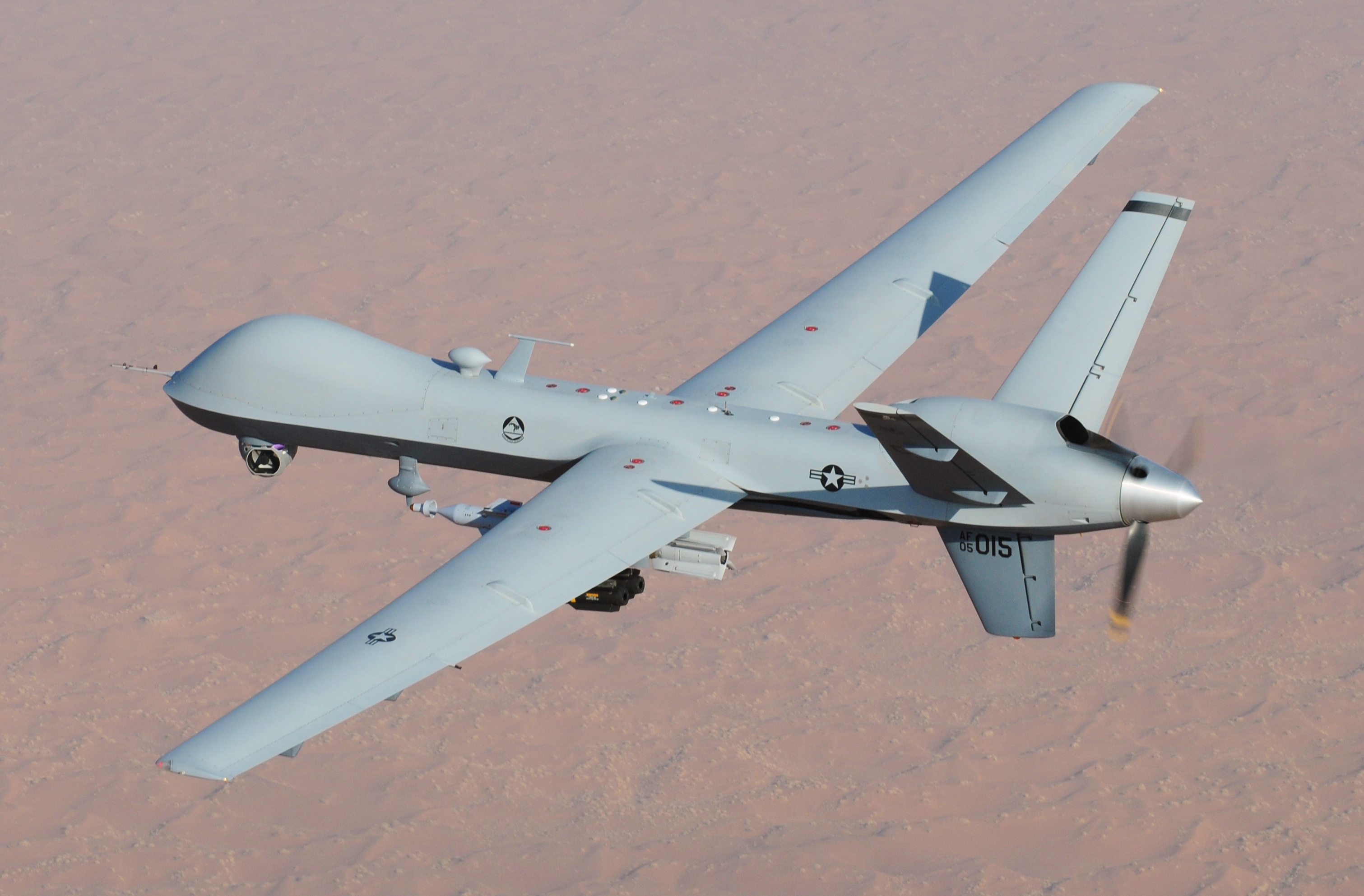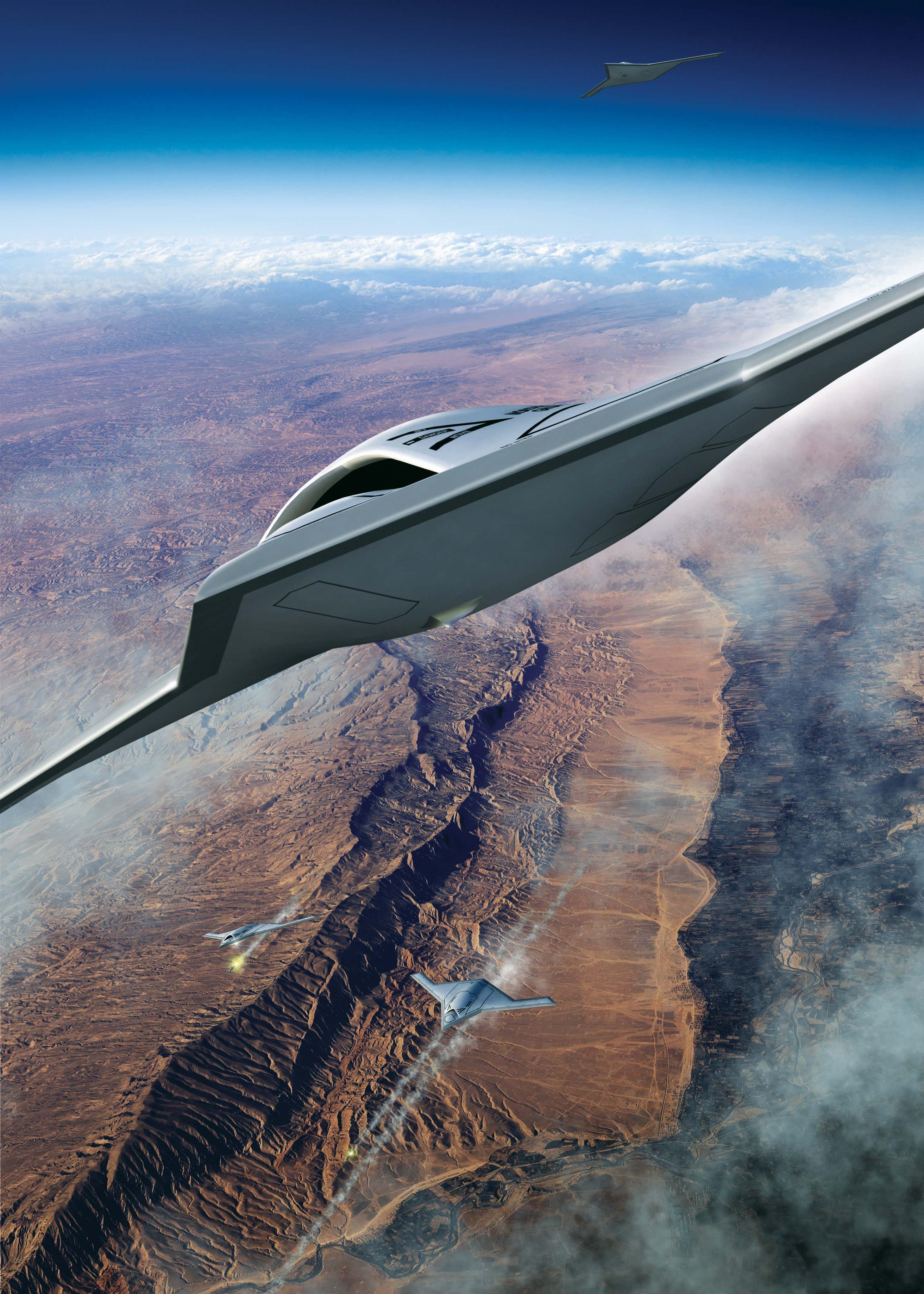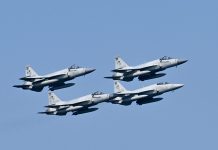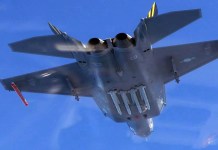The US Air Force is all set to develop a next-generation drone that will succeed the currently operational MQ-9 Reaper, also known as the Predator B, in its arsenal.
MUST READ: India’s ‘Big Ticket’ MQ-9 Reaper Drone Deal ‘Stuck’ With The US; Can PM Modi Fast-Track The Acquisition?
When it comes to selecting and deploying a replacement for its Predator B unmanned aircraft, the service is studying a variety of interesting ideas and intends to take its time establishing a strategy for the future. The USAF is running a program called ‘MQ-Next’ to produce more advanced next-generation UAVs.
These autonomous aircraft are likely to be smaller, stealthier, and more lethal, and they could even fly in swarms to provide observation and surveillance in blanked areas. This program is expected to add more teeth to the USAF.

The Predator B drones are expected to be operational till 2031, giving ample time to the US Military to work on the new drone.
In an interview with the Mitchell Institute for Aerospace Studies, Lt. Gen. David Nahom, the Air Force’s deputy chief of staff for Plans & Programs, said, “We have three hundred platforms [Predator B] to go into the middle 2030s, so we have time to proceed sensibly and look at alternative systems.”
The US Air Force had released a Request for Information (RFI) in March this year as it set out more requirements for the timely replacement of MQ-9 Reapers. The document released by the USAF had indicated that the envisioned future drone was to feature defensive counter-air capabilities to protect high-value manned aircraft like tankers, as well as the capability to fly red air aggressor missions, as previously reported by The Drive.

The continued focus on networking, which includes manned-unmanned teaming, multi-platform drone communication, and unmanned-unmanned or “drone-to-drone” synergy, is one of the most important areas of growth, according to Lt Gen David Nahom.
When the idea had first been publicized, The Drive had carried a report in 2020 stating that The Air Force’s next-generation combat drone effort was yet to be defined, but the service has sought out to its industry partners to see what they had to offer.
Northrop Grumman, Lockheed Martin, General Atomics Aeronautical Systems and Boeing have released their concepts for a next-generation UAS. Kratos also has the XQ-58 Valkyrie, but declined to release how they responded to MQ-Next RFI. It's going to be an interesting decade. pic.twitter.com/d6Cnaye0jK
— Steve Trimble (@TheDEWLine) September 14, 2020
Northrop Grumman, a corporation recognized for its low-observable (stealth) design capabilities and a long history with advanced unmanned systems—notably the X-47 prototypes and the RQ-4 Global Hawk—had reportedly entered the fray for what was expected to be a profitable tender in the coming years. Lockheed Martin and GE are also believed to be in the fray.
Decoding The MQ-Next Program
The MQ-9 Reaper / Predator B, had figured in the list of weapon systems that the US plans to eventually decommission so as to deal with the China challenge, The EurAsian Times previously reported. The drone will be upgraded by the US Air Force in the coming years before it is decommissioned between 2030 and 2035.
The need for a more advanced drone has been felt in American security circles. The Reapers, even though among the best in American inventory, are expected to outlive their utility as threat perceptions shift with China’s military modernization that has continued on a war-footing.
The MQ-Next is going to be a major upgrade as has been described by Nahom in his interactions.
@northropgrumman and @GeneralAtomics (GA-ASI) have used the 2020 @usairforce Association (#AFA) conference to reveal their concepts of how a possible MQ-9A Reaper successor might look.
Full story at https://t.co/2yYAu9uWpn#unmanned #autonomous #uas #artificialintelligence pic.twitter.com/l4CggZsSZi
— ADBR (@DefenceADBR) September 17, 2020
“Indeed, networking developments allow for the interchange of low-latency data between manned and unmanned aircraft, potentially allowing the Air Force to field smaller and more survivable drones capable of transmitting surveillance photographs and targeting data in real-time.
“This would eliminate the need to increase risk by deploying larger, perhaps more susceptible, less-stealthy platforms into combat. Drone swarms could blanket a region and prove to be formidable information, surveillance, and reconnaissance (ISR) assets by putting opponent air defenses to the test and targeting enemy forces’ perimeters without putting pilots and manned aircraft in harm’s way”, he explained.

Additionally, the US’ preferences for drones were earlier demonstrated as it unveiled a new UCAV, called ‘Mojave’ which has the capability to ‘short take-off and landing’ and increased firepower. USAF seems to have realized that smaller unmanned weapons with precision striking could be a game-changer against an adversary.
The continuous success and functionality of the MQ-9 Reaper unmanned aircraft, which has been modified over the years, allows for this type of research, development, test, and evaluation, innovation, and technological exploration.
The Prowess Of Predator B
MQ-9 Reaper / Predator B is a combat drone, which is capable of both, remotely controlled and autonomous missions. The MQ-9 is a hunter-killer drone that succeeds the MQ-1 Predator, which was primarily employed for Intelligence, Reconnaissance, and Surveillance (IRS).
It’s made for long-distance travel and high altitudes. Because of its long loiter time, wide-range sensors, multi-mode communications suite, and precise weaponry, it has a unique capability to perform strike, coordination, and reconnaissance against high-value, transitory, and time-sensitive targets.

The Predator B drone has an external weapons payload capacity of over one ton, allowing it to carry up to four Hellfire missiles and two 227-kilogram bombs on the same flight. It is outfitted with a fully operational system that includes multiple sensor/weapon-armed aircraft, a ground control station, the Predator Primary Satellite Link, spare equipment, and operations and maintenance personnel.
Unlike earlier versions, today’s Predator B includes mission-extending fuel tanks, a universal weapons interface that allows for a larger armament of offensive weapons, artificial intelligence-enabled data processing, software upgrades, and sensor upgrades, according to Nahom.
The Air Force has also tweaked the tactics of its MQ-9 Reaper aircraft, such as changing its flight route to make it less predictable to enemies. The MQ-9 Reaper can now fly at higher altitudes, thanks to significant enhancements in the range and fidelity of its sensors. It has been answering the call when it comes to the Air Force’s mission of providing survivable, persistent ISR.
The US Air Force has widely deployed these drones, which were commissioned in 2007, for precision targeting such as performing strikes in the Iraq and Afghanistan wars. On the order of then-US President Donald Trump, the US employed Predator B to assassinate top Iranian military leader Qasem Soleimani, the chief of the Islamic Revolutionary Guard Corps, in 2020.
The new armed drones MQ-Next are expected to be exponentially more capable and lethal than the existing ones. As threat perception rises and the arms race between the two adversaries — China and Russia — becomes more defined, the envisioned drone will act as a force multiplier for the US if the program turns out to be successful.
- Contact the author at sakshi.tiwari9555@gmail.com
- Follow EurAsian Times on Google News




